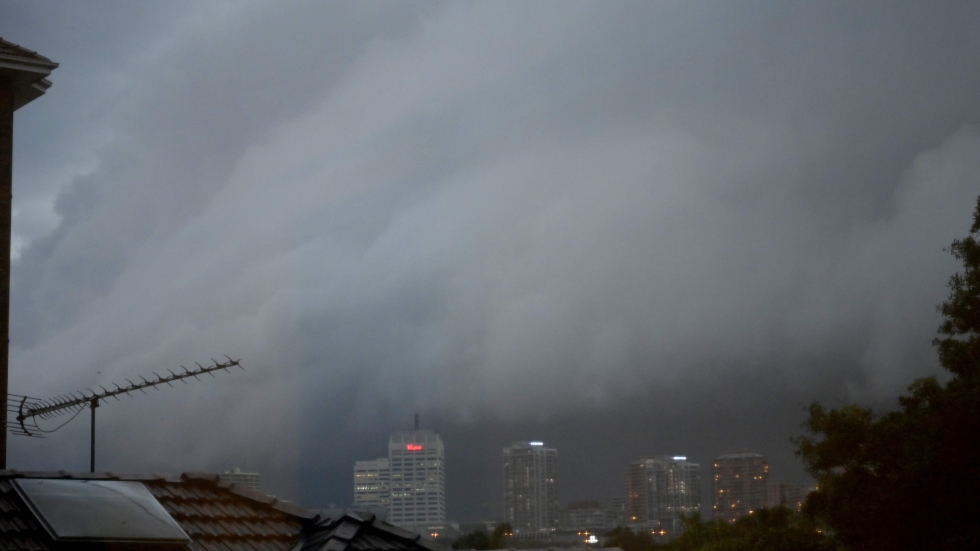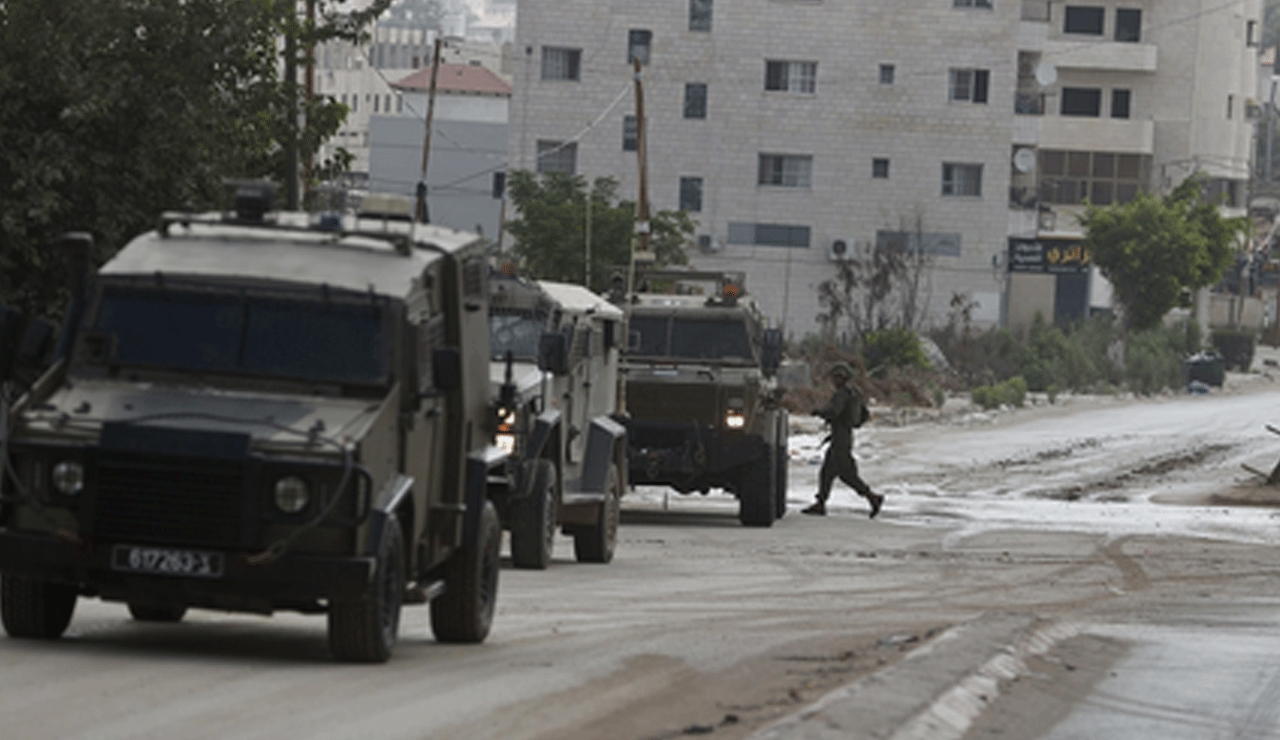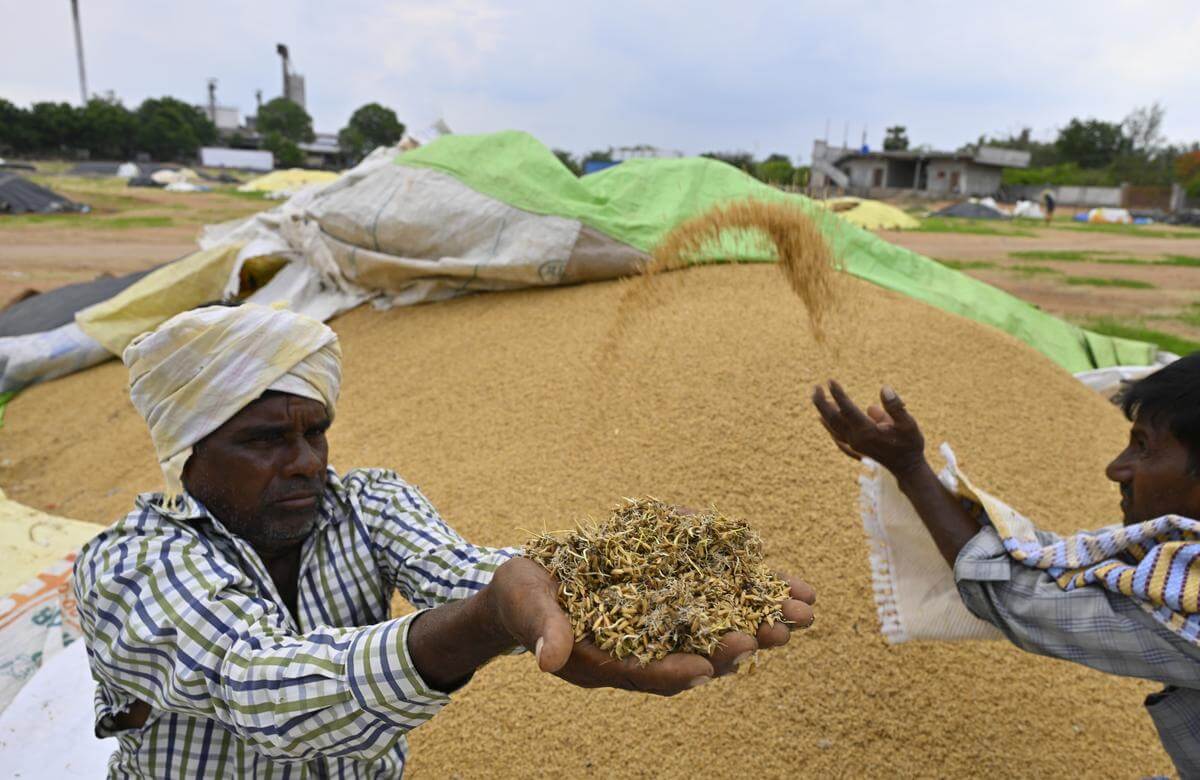Thousands of Sydney homes left without power after storms
Sat 09 Feb 2019, 16:20:11

Thousands of Sydney homes were without power on Saturday after severe storms hit Australia's largest city, causing transport hold-ups, inundating vehicles with floodwater and delaying a national football match.
Heavy rains and lightning storms lashed parts of Sydney late on Friday, with close to 60 millimetres (nearly two and a half inches) of rain falling in some areas.
In Sydney's west, which experienced some flash flooding, one suburb saw nearly 42 millimetres fall in a short downpour lasting just 30 minutes.
"It was a slow-moving storm with that warm humid air moving along the coast... that allowed for that increase of moisture," Byron Doyle from the New South Wales Bureau of meteorology told AFP.
Images of cars submerged in floodwaters on main roads, broken traffic lights and fallen trees circulated on social media.
Energy companies reported that more than 40,000 customers were affected by power outages at the peak of the storm overnight, with more than 5,000 still without power early Saturday.
Emergency services fielded over 1,000 requests for assistance, including nine flood rescues in the Sydney area.
The rescues were "all for vehicles in flood water,"
a New South Wales state emergency services spokesperson told AFP.
a New South Wales state emergency services spokesperson told AFP.
Flights were delayed at Sydney's airport, while the storm caused havoc on some of the city's train lines.
The start of a national Australian rules football women's match was delayed twice, pushed back 45 minutes as heavy rain and lightning pummelled the oval.
Several light towers then went out mid-match during the live television broadcast, temporarily stopping the game during a reported blackout.
The Sydney storm comes as recovery efforts continue in Australia's flood-ravaged northeastern state of Queensland, which over the past week has seen record-breaking rainfall, forcing hundreds of evacuations and thousands of requests for help.
Extreme heatwaves during the southern hemisphere summer have also led to temperature records being broken in some towns.
Eastern inland areas have been experiencing a severe drought, while firefighters in the country's southern states have been recently battling bushfires.
High temperatures are not unusual in the Australian summer, but climate change has pushed up land and sea temperatures and led to more extremely hot days and severe fire seasons, scientists say.
No Comments For This Post, Be first to write a Comment.
Most viewed from International
Most viewed from World
AIMIM News
Latest Urdu News
Most Viewed
May 26, 2020
Do you think Canada-India relations will improve under New PM Mark Carney?
Latest Videos View All
Like Us
Home
About Us
Advertise With Us
All Polls
Epaper Archives
Privacy Policy
Contact Us
Download Etemaad App
© 2025 Etemaad Daily News, All Rights Reserved.



.jpg)




.jpg)
.jpg)
.jpg)









.jpg)

.jpg)
.jpg)
.jpg)

















